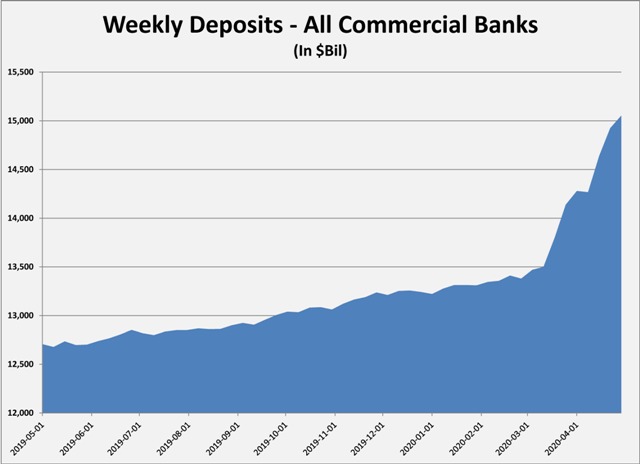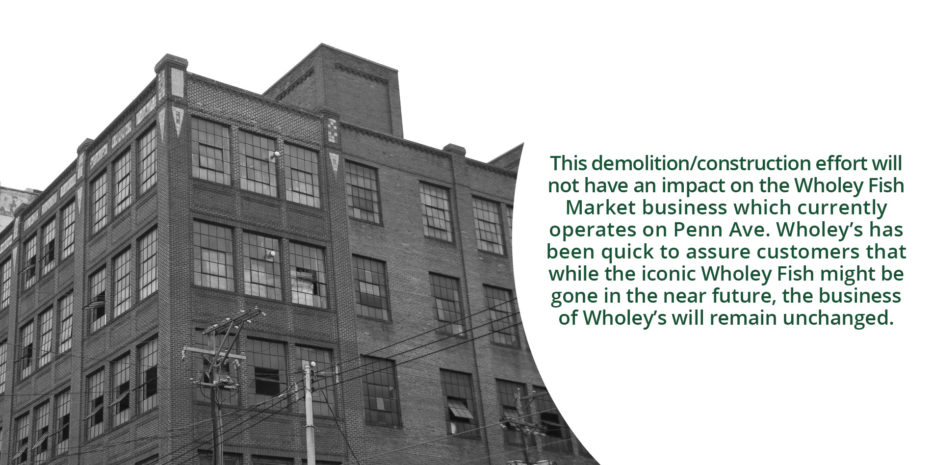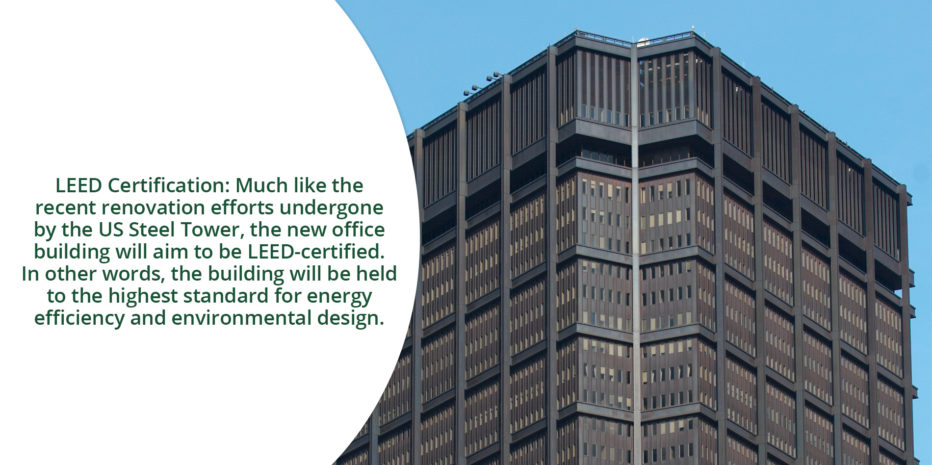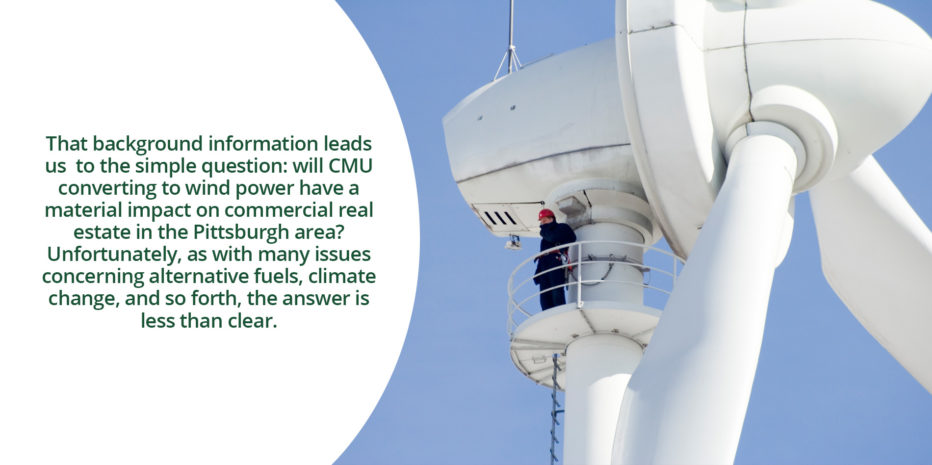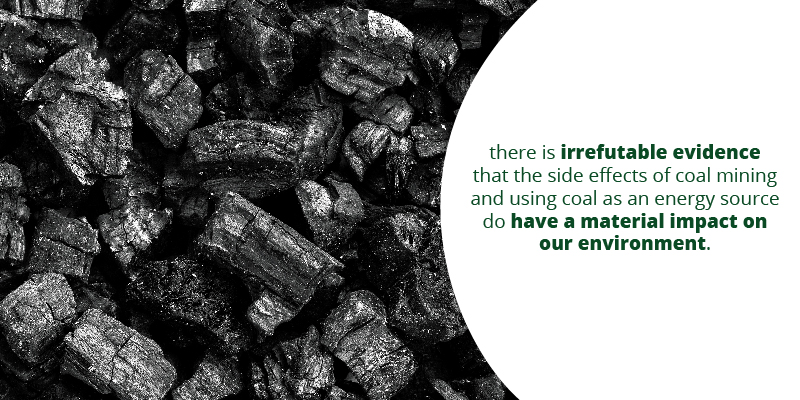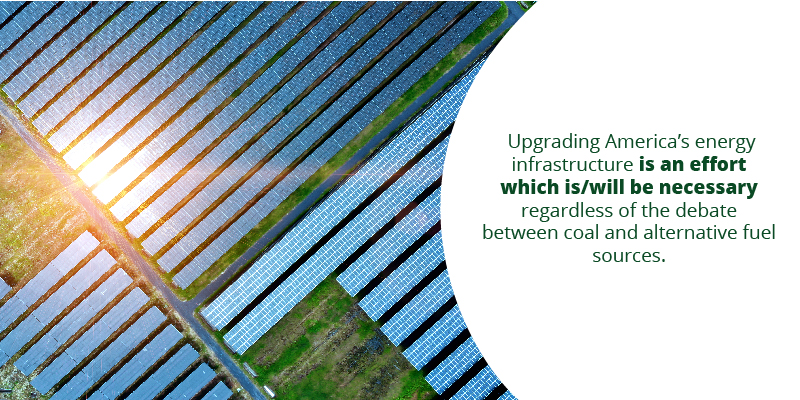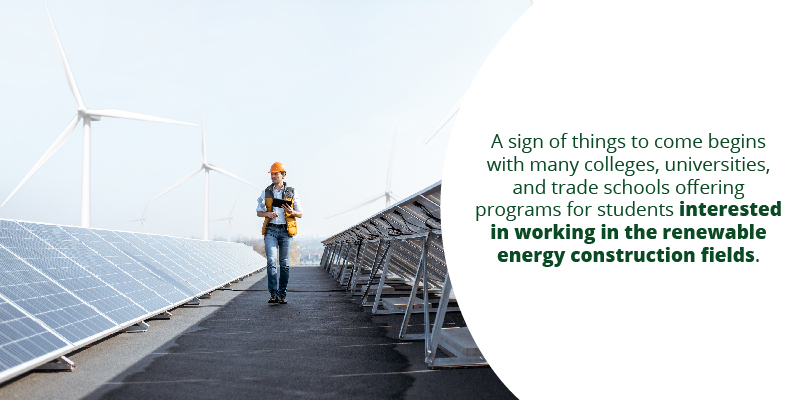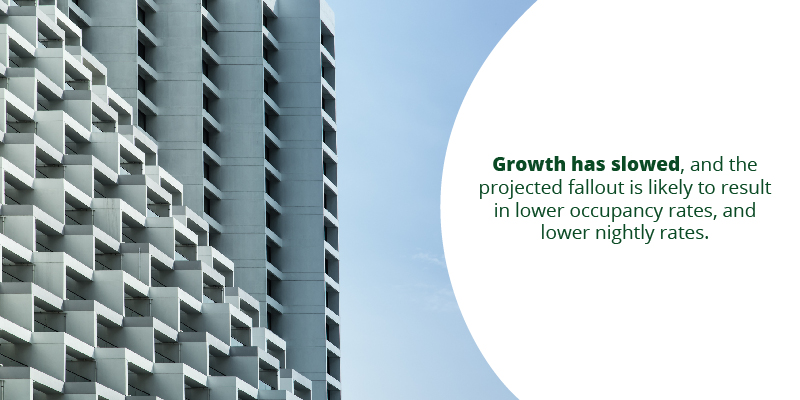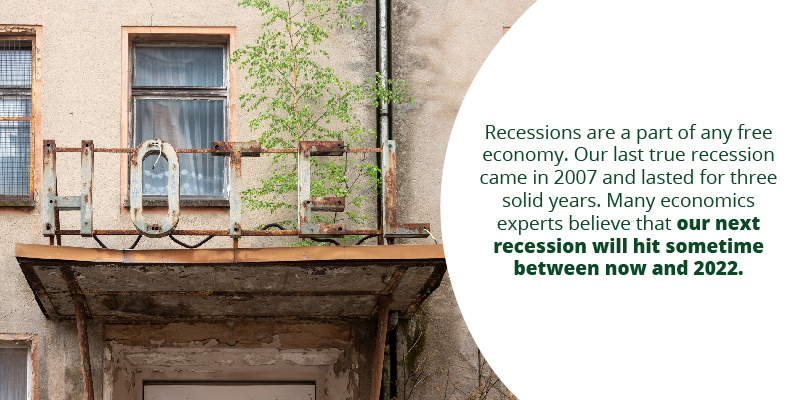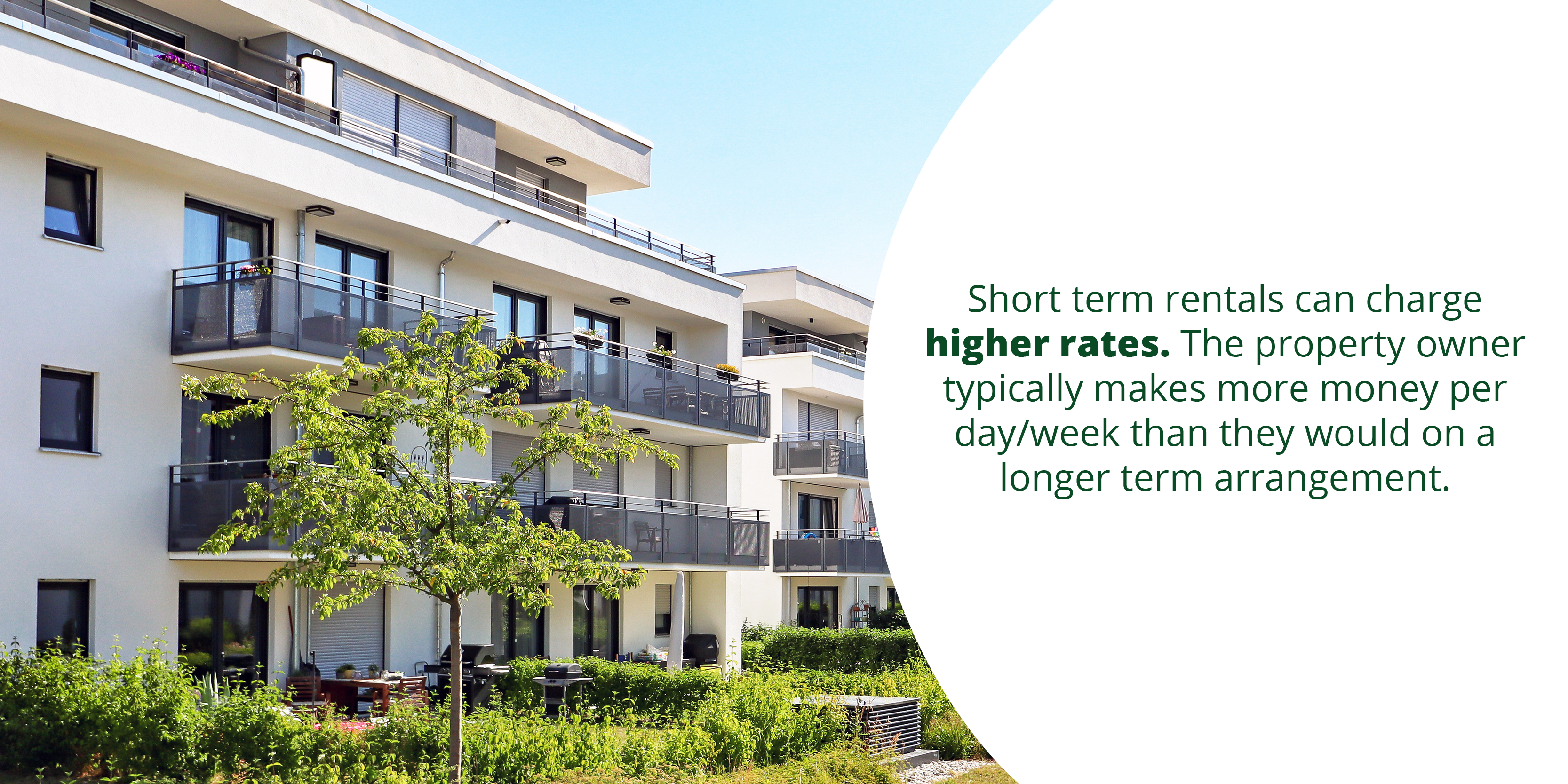There’s a continuing argument about the future of office space that has accompanied work from home (WFH) during the pandemic. Lots of opinions, almost no data. You have to be careful about whose opinions you’re reading, as commercial real estate professionals have a vested interest in promoting higher occupancy. Professional opinion givers (including yours truly) have a vested interest in attracting readers and will profit from attracting views to outrageous opinions. Here are the two main arguments that seem to best describe the future of office use:
- Everyone (or more people than in February) will want to work from home in the future; therefore, we’ll need less space.
- People will still want to have an office and we’ll need more distance between workers; therefore, we’ll need more space.
These are not particularly scholarly positions and are mutually exclusive. The likelihood is that more people will work remotely going forward and most people will still want an office. That’s the conclusion of an interesting survey done by Cushman & Wakefield since the shelter-at-home orders blanketed the country in April. The survey had 40,000 respondents, a robust sampling with 1.7 million data points. The net conclusion is that the demand for WFH and the need for separation will result in a net zero impact on space demand, even though office design will be very different. Cushman & Wakefield is in the real estate service business, so skepticism about their objectivity is warranted. The breadth of the survey responses, and objectivity of the questions, should allay those concerns. Here are the key findings:
1. Productivity can occur anywhere, not just at the office:
Pre-COVID-19, remote workers were more engaged and had a better workplace experience than office workers
During the pandemic, effective team collaboration has reached new heights, through better leverage of remote collaborative technology, and the ability to focus was upheld
2. Flexibility and choice to work from anywhere is accelerating
73% of the workforce believes companies should embrace some level of working from home
Human connection and social bonding are suffering, impacting connection to corporate culture and learning
Younger generations are reporting more challenges working from home
3. The new normal will be a Total Workplace Ecosystem:
The workplace will no longer be a single location but an ecosystem of a variety of locations and experiences to support convenience, functionality and wellbeing
The purpose of the office will be to provide inspiring destinations that strengthens cultural connection, learning, bonding with customers and colleagues, and supports innovation
Current footprint sizes will remain steady, balancing social distancing’s relaxing of space density with less office space headcount demand in the new total workplace strategy.
Employees felt they were as productive at home, often more so because of the better focus. (My belief is that this assertion will need the test of time. The bar for productivity is unnaturally low at the moment.) Collaboration is enhanced, workers said. Employers believe they are getting more time and effort from employees. All sides reported a higher sense of trust. The report also highlighted the challenges that workers and employers were experiencing. Of interest was the fact that younger employees, who were quicker to adopt alternatives to traditional workplaces, also expressed a higher sense of lost human connectivity with peers. Employers were concerned that remote working leaves younger workers without the mentoring and assistance they would get in an office with experienced co-workers.

The conclusion drawn by the report is that workers are going to expect an “ecosystem” of work locations, including traditional offices. This sounds very much like the outcome you might expect from getting the input from all workers. How an ecosystem of locations providing a variety of work experiences will square with the CFO and the employer’s profit expectations is likely to be the final arbiter about the office of the future. Juggling talent atraction and real estate costs probably got more difficult.
You can download the full survey and report here.

